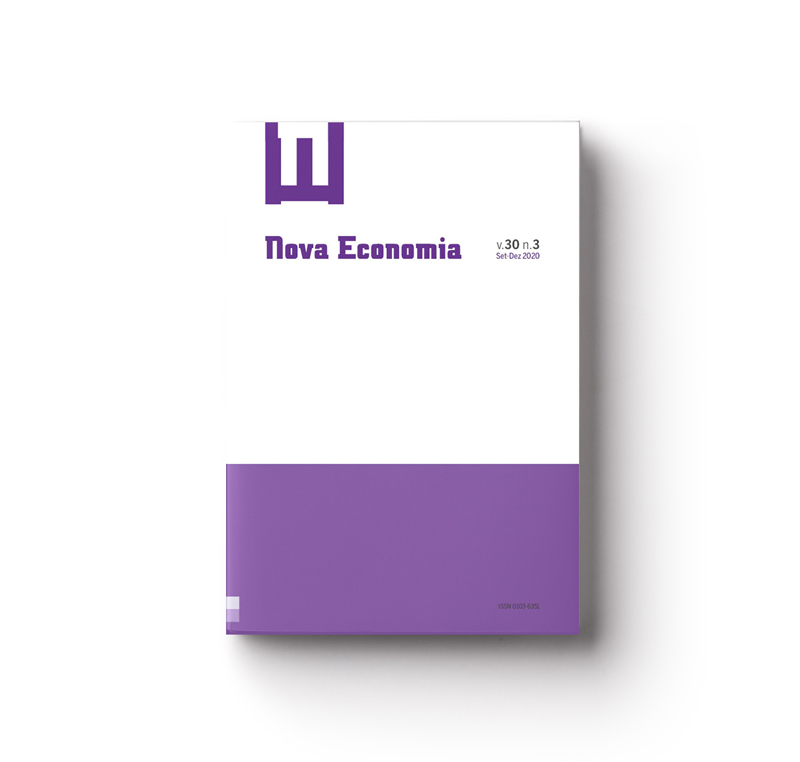The Determinants of Tax Revenue and Tax Effort in Developed and Developing Countries: Theory and New Evidence 1996-2015
Abstract
This paper measures the tax effort of a group of fifty-nine developed and developing countries over the period 1996-2015 by comparing a country’s actual tax/GDP ratio with the ratio predicted derived from an international tax function which relates tax revenue to various measures of a country’s taxable capacity such as the level of per capita income; the share of trade in GDP; the productive structure, and the level of financial deepening. The tax function is estimated using cross section data; pooled time series/cross section data, and panel data using a fixed effects estimator. The results are compared and show a range of tax effort from South Africa with the highest effort and Switzerland with the lowest effort. Implications for policy are drawn. The paper is critical of studies that include institutional variables (and other variables not related to the tax base of countries) to measure tax effort when they are really explanations of why the tax ratio differs between countries not of tax effort itself.
Downloads
Published
How to Cite
Issue
Section
License
Copyright (c) 2021 Marcelo Piancastelli, Anthony Philip Thirlwall

This work is licensed under a Creative Commons Attribution 4.0 International License.
Authors who publish with this journal agree to the following terms:
- Authors retain copyright and grant the journal right of first publication with the work simultaneously licensed under a Creative Commons Attribution 4.0 International License that allows others to share the work with an acknowledgement of the work's authorship and initial publication in this journal.
- Authors are able to enter into separate, additional contractual arrangements for the non-exclusive distribution of the journal's published version of the work (e.g., post it to an institutional repository or publish it in a book), with an acknowledgement of its initial publication in this journal.
- Authors are permitted and encouraged to post their work online (e.g., in institutional repositories or on their website) prior to and during the submission process, as it can lead to productive exchanges, as well as earlier and greater citation of published work (See The Effect of Open Access).




